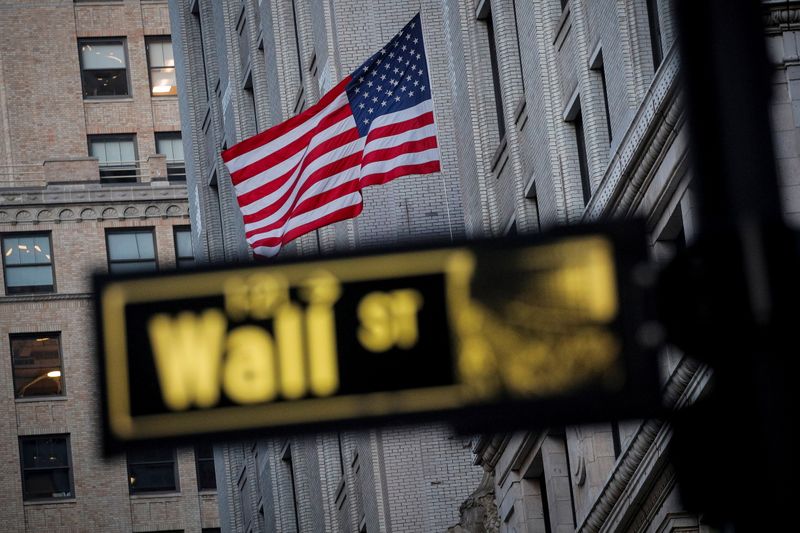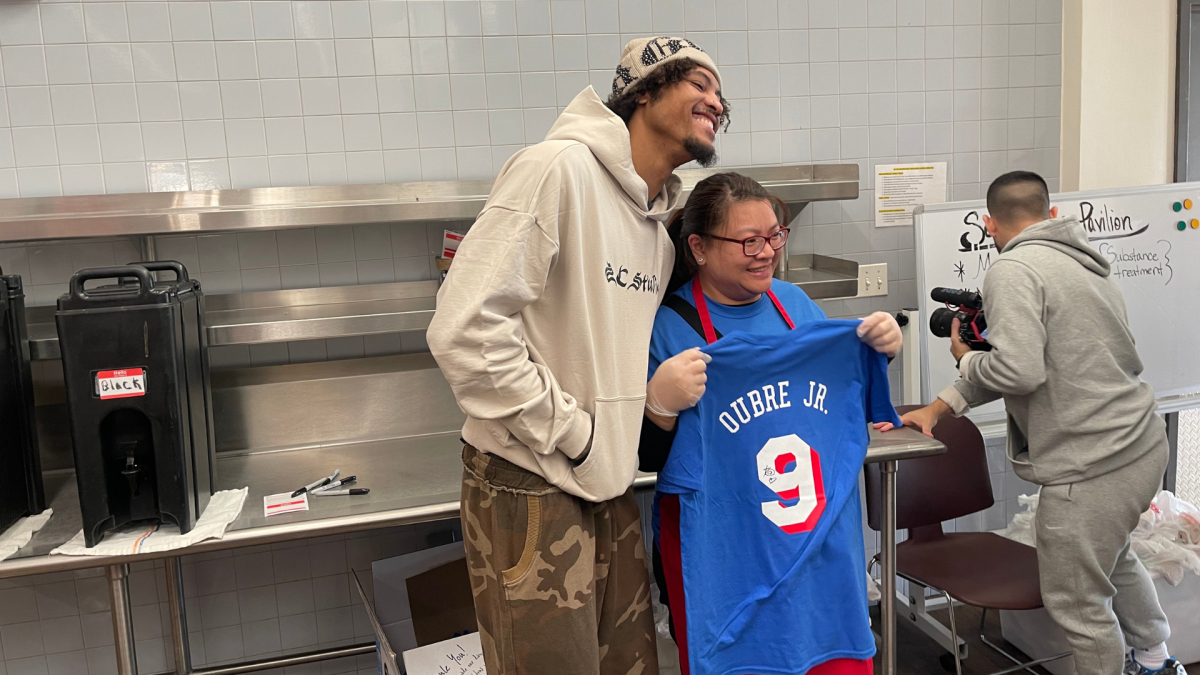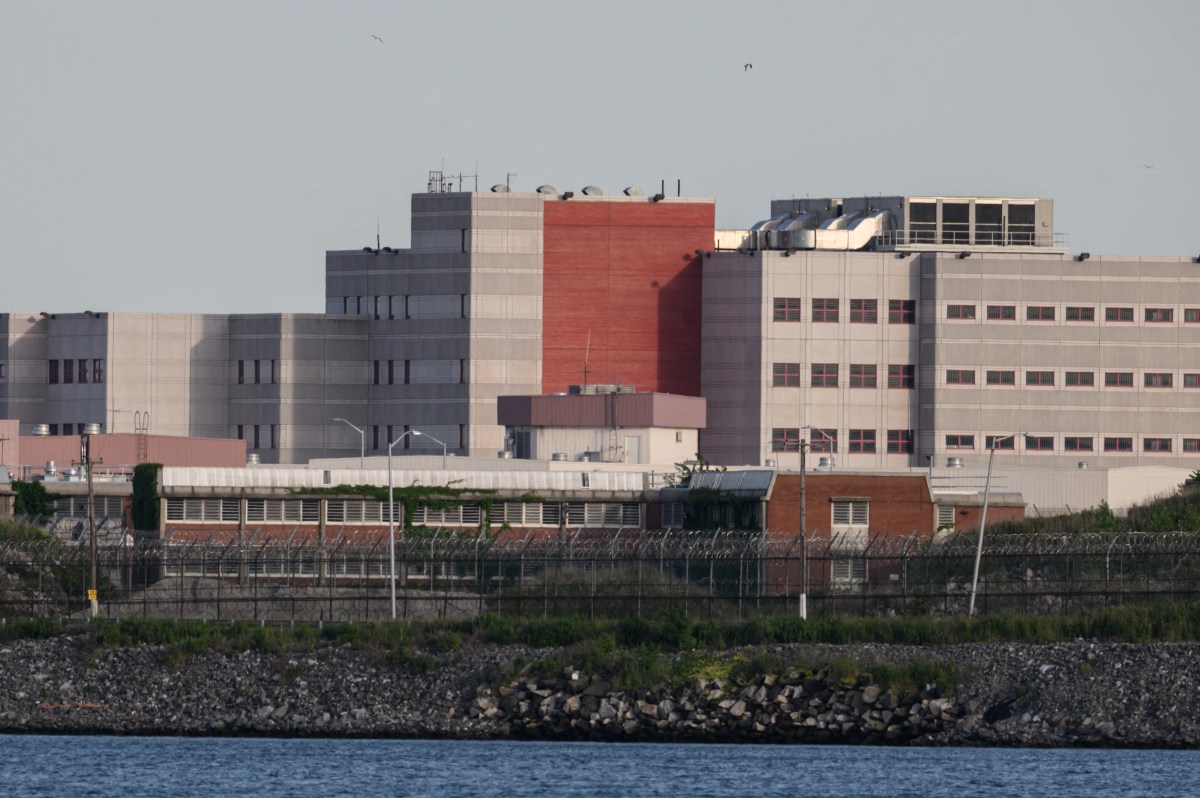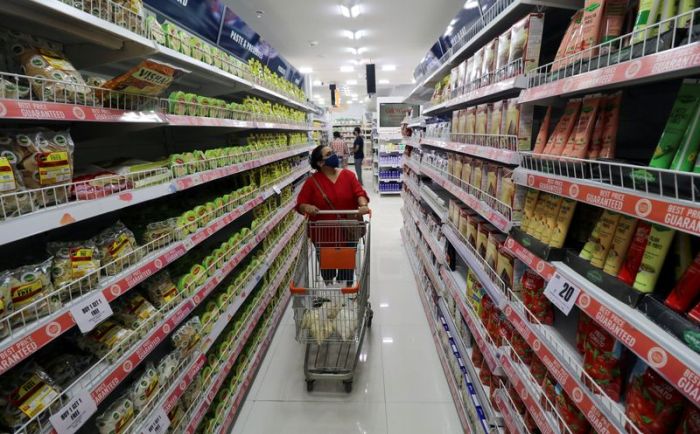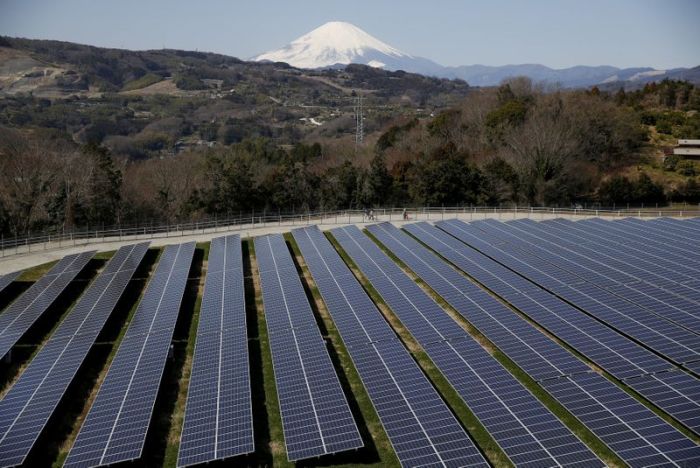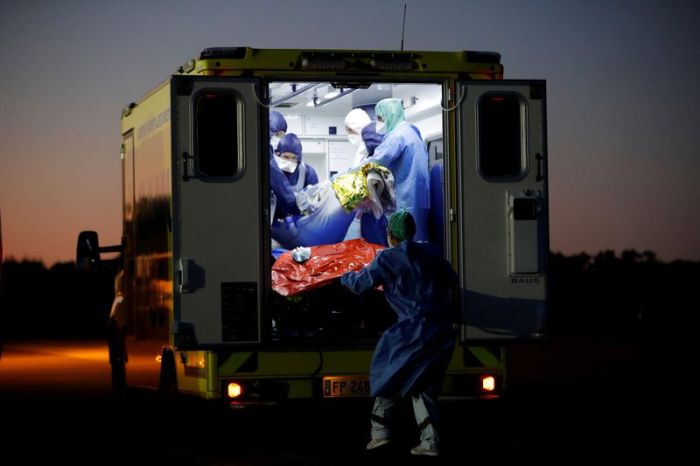NEW YORK (Reuters) – News this month of three promising coronavirus vaccines has helped push the Dow Jones Industrial Average over 30,000, but some investors worry that slow vaccination rates may weaken next year’s expected economic recovery.
Overall, 58% of Americans said in a Gallup poll https://news.gallup.com/poll/325208/americans-willing-covid-vaccine.aspx that ended Nov. 1 that they would get vaccinated, up from 50% who were willing in a September poll. Forty-two percent said they would be unwilling to get a vaccine, citing reasons such as the rushed development timeline and concerns about safety.
Delays in vaccine distribution or widespread refusal to be vaccinated would allow the virus to continue to circulate longer and delay the development of herd immunity, which occurs when enough people in a population have some form of protection that prevents the easy spread of a disease.
“To be certain that the world will be back to normal by mid-next year because a vaccine is available is an aggressive assumption,” said David Albrycht, chief investment officer at Newfleet Asset Management.
“There’s a light at the end of the tunnel but we’re not sure how long that the tunnel is going to be,” he said, citing uncertainties including whether a vaccine will be free or covered by insurance plans, its rollout and its public acceptance rate.
Citi Research wrote in a note on Monday that herd immunity would not form until late 2021, boosting global Gross Domestic Product growth by only 0.7% next year compared with an estimated 3% gain in 2022 as vaccination rates rise.
“The answer is not the vaccine; it’s vaccinations. The vaccine needs to be widely adopted and accepted for it to work,” said Ernesto Ramos, head of equities at BMO Global Asset Management.
The U.S. Food and Drug Administration will likely grant approval in mid-December for distribution of the vaccine developed by Pfizer Inc and German partner BioNTech and some healthcare workers could start getting shots a day or two later, Dr. Moncef Slaoui, chief scientific adviser for the U.S. government’s Operation Warp Speed, said on Sunday.
Some 70% of the U.S. population of 330 million would need to be inoculated to achieve herd immunity, which is possible by May, he said.
Ramos said those estimates may be overly optimistic and the economic benefits of vaccinations will not be apparent until the second half of next year, increasing chances that the recent U.S. economic slowdown could worsen.
Investors will get the latest U.S. economic snapshot with data next week, including the monthly employment report. Economists polled by Reuters expect the Dec. 4 jobs report to show unemployment dipped to 6.8% from 6.9%, still well above the 4.5% rate in March, before much of the U.S. economy went into lockdown.
Targeted vaccinations could revive the economy even with delays in widespread adoption, said Jonathan Golub, chief U.S. equity strategist at Credit Suisse Securities.
“The successful vaccination of seniors and front-line workers could expedite the renormalization process well before herd immunity is achieved,” he said. The S&P 500 may reach 4,050 by the end of 2021, up about 13% from its current level, he estimated.
While vaccine adoption rates are a “wildcard,” their availability removes the risk of another widespread economic lockdown, said John Buckingham, portfolio manager at Kovitz Investment Group.
He remains bullish on companies that will benefit from an economic recovery, including JPMorgan Chase & Co, Foot Locker Inc and Whirlpool Corp, even if the U.S. economy remains bumpy over the next few months and coronavirus cases keep rising.
The United States recorded its 12 millionth COVID-19 case on Nov. 21, and health experts have warned that Americans traveling for the Thanksgiving holiday will likely push case counts steeply higher.
“If the situation were reversed and you had good data on cases and hospitalizations for COVID but vaccines were flops, the stock market would be cratering,” Buckingham said.
(Reporting by David Randall; editing by Lewis Krauskopf and Richard Chang)

